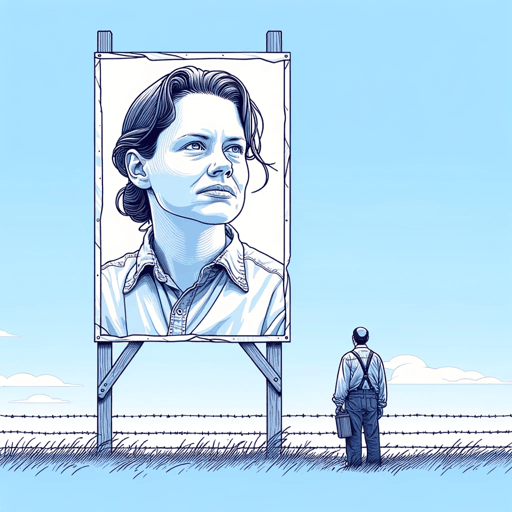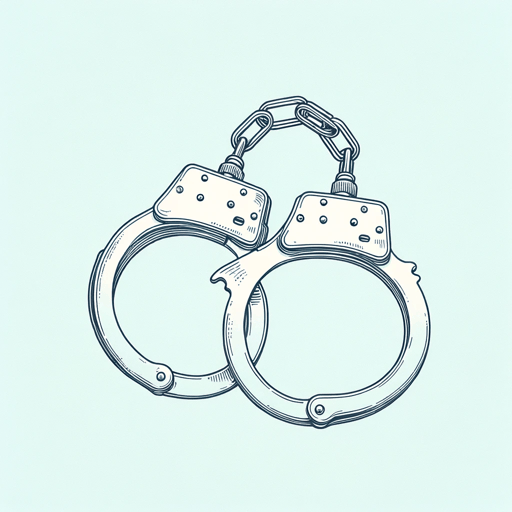53 pages • 1 hour read
Stephen KingEnd of Watch
Fiction | Novel | Adult | Published in 2016A modern alternative to SparkNotes and CliffsNotes, SuperSummary offers high-quality Study Guides with detailed chapter summaries and analysis of major themes, characters, and more.
Themes
Race, Prejudice, and Identity
Content Warning: This section of the guide contains discussion of death by suicide and mass murder, which feature in the source text.
King uses Barbara and Dereese as an opportunity to talk about race, prejudice, and identity. Barbara is introduced as she is walking through Lowtown, a part of the city she has been told never to enter. The people of Lowtown denigrate her as “Blackish” because she “acts white,” which plays on Barbara’s inner conflict between who she is and who she is expected to be by different people in different contexts. Later, Barbara tells Holly that she sometimes experiences prejudice in her own life; she rarely dates, and she had popcorn thrown at her for going out with a white boy. She is worried because she is invited to some parties but not all of them, and people who didn’t know her have used racial slurs on occasion. King, however, creates ambiguity around which of Barbara’s negative experiences are the result of racism—only the latter instance is racially motivated with 100% certainty—but Barbara’s concerns reflect her internal struggle with trying to define the different parts of her identity and how to integrate them as she becomes an adult. Barbara already has a sense of race as a part of her identity—what gives Brady leverage to prey upon Barbara is the poignancy with which she feels that part of her identity and her developmentally and socially appropriate confusion about what parts of her identity are most salient in certain situations.
Related Titles
By Stephen King

11.22.63
Stephen King

1408
Stephen King

Bag of Bones
Stephen King

Billy Summers
Stephen King

Carrie
Stephen King

Children of the Corn
Stephen King

Cujo
Stephen King

Different Seasons
Stephen King

Doctor Sleep
Stephen King

Dolores Claiborne
Stephen King

Duma Key
Stephen King

Elevation: A Novel
Stephen King

Fairy Tale
Stephen King

Finders Keepers
Stephen King

Firestarter
Stephen King

From a Buick 8
Stephen King

Full Dark, No Stars
Stephen King

Gerald's Game
Stephen King

Gwendy's Button Box
Stephen King, Richard Chizmar

Holly
Stephen King
Featured Collections
Action & Adventure
View Collection
Books Made into Movies
View Collection
Books on Justice & Injustice
View Collection
#CommonReads 2020
View Collection
Good & Evil
View Collection
Horror, Thrillers, & Suspense
View Collection
Mortality & Death
View Collection
Mystery & Crime
View Collection

